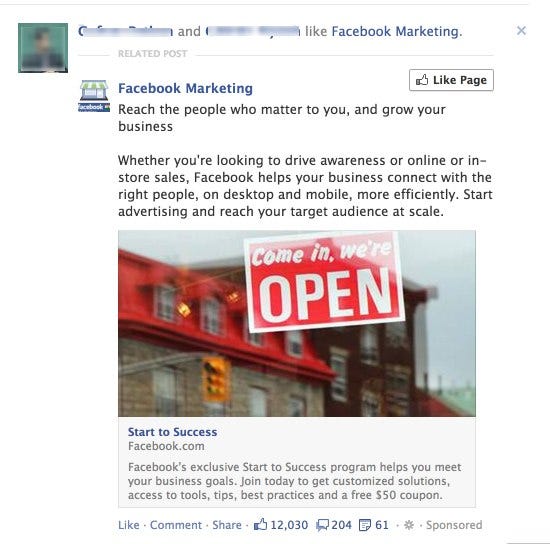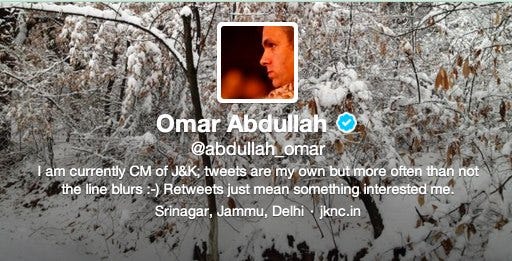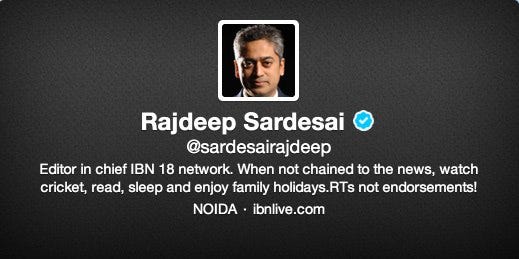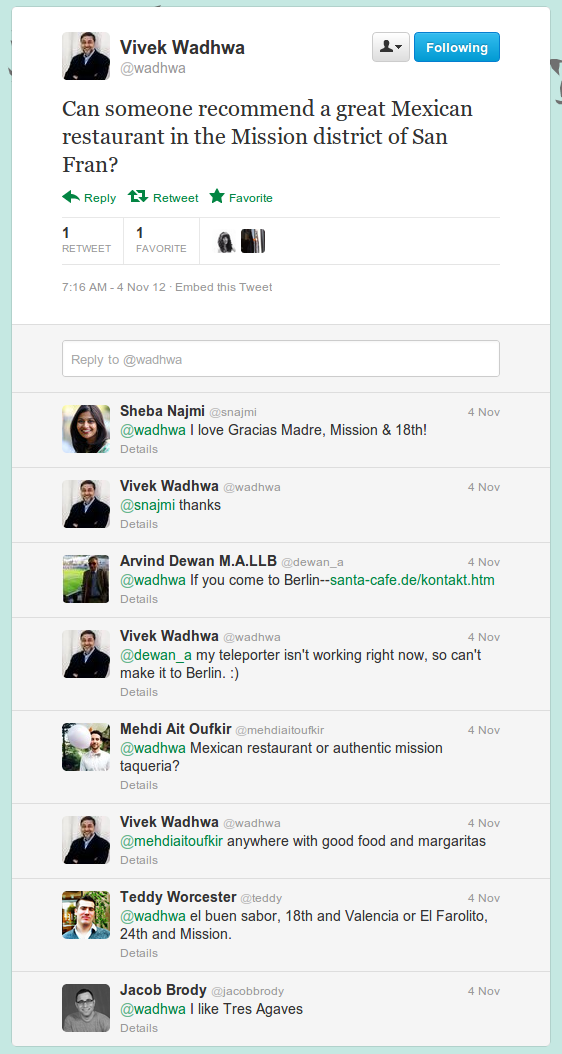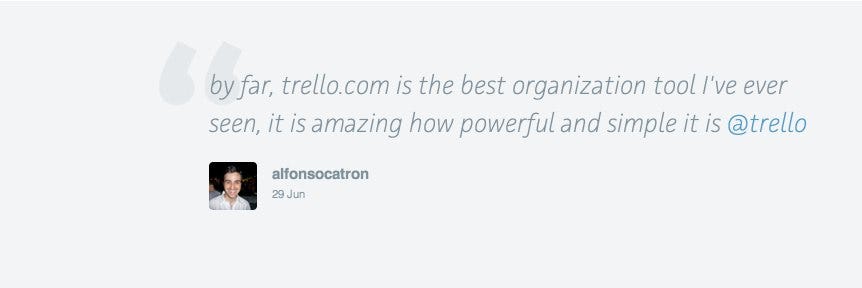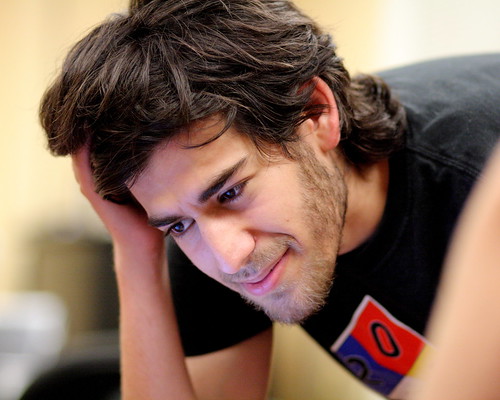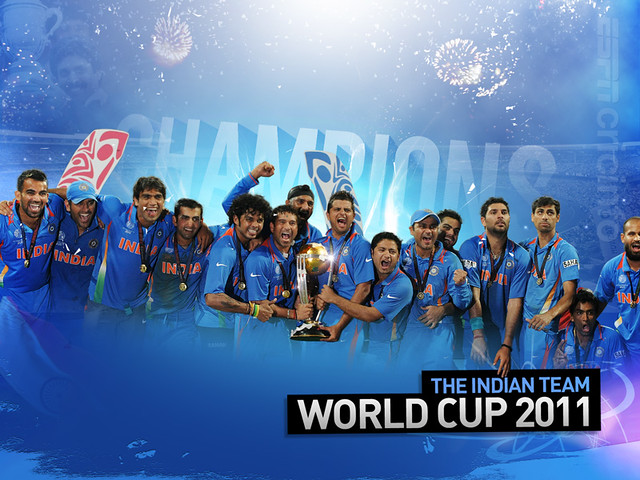
In India, most of our heroes come from cricket. This is not because other fields have not produced as many great exponents, but due to the disproportional love and attention that cricket enjoys. There is nothing as common in all parts of our country as much as the love for the game of cricket. 1
I read somewhere that it is good to see your heroes from a distance. If you get too close, you can then see that they have a lot of the same deficiencies that we have. In the past 6 years, thanks to IPL, we have seen a lot more of our cricketing heroes than we used to see earlier. But, I must contend, that for people like me - who saw a lot of cricket right from childhood - our heroes came from international cricket. 2
There is something unique about becoming a hero in sports. It takes a long time to become one and once you become one, you stay there. Mahendra Singh Dhoni is arguably the newest hero, and he made his ODI debut in December, 2004. 3 Also, talk to anyone who grew up in 70s and 80s, and it won’t take much before they start raving about the likes of Sunil Gavaskar and Kapil Dev.
If you would do a poll of Indian cricketing heroes, the list would generally include Sachin Tendulkar, Sunil Gavaskar, Kapil Dev, Rahul Dravid, Sourav Ganguly, Mohinder Amarnath, Anil Kumble and Mahendra Singh Dhoni. This is not an exhaustive list by any measure, but I believe that most of these names will feature in everyone’s own list of heroes.
The 2013 IPL spot-fixing/betting controversy
Indian cricket and IPL have been rocked in the past few weeks by allegations of spot-fixing and betting. First came the spot-fixing expose by the Delhi Police. The fact that most T20 matches are won or lost by minuscule margins meant that these 3 rotten apples – Sreesanth, Chandila and Ankeet Chavan - were basically doing their best to help their team - Rajasthan Royals - lose. So, I do not understand how spot-fixing and match-fixing are different in the context of T20 cricket?
Dravid
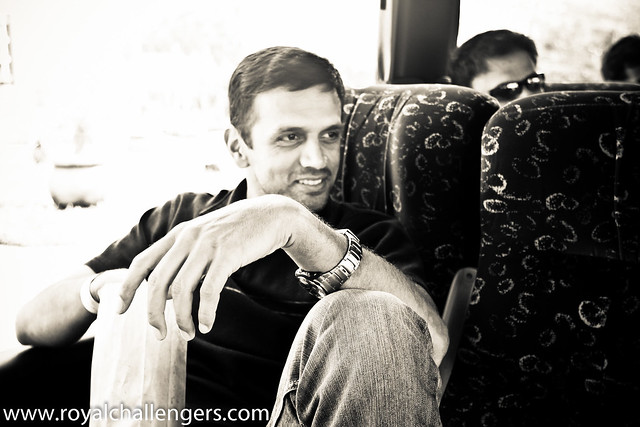
I saw the first press conference that Delhi Police did after arresting these three players live on TV. The Police played recordings of matches and showed how these 3 bowlers were deliberately bowling bad deliveries. What stuck with me was the sight of Rahul Dravid in all these tapes, anguished by his bowlers getting ripped apart.
Dravid took the underdog moneyball 4 team of Rajasthan Royals to the playoffs this season with a great display of captaincy and getting the best out of the limited resources he has. To know that these 3 cheats were letting down such a great man was more painful than their act of cheating itself.
Dravid has always been the selfless hero of Indian cricket ready to do whatever the team needed of him. Whenever India’s opening pair failed, or we needed a wicket-keeper batsmen before Dhoni came on, the team turned to Dravid. If you put the word cricket and gentleman together, most followers of the game world over will think of Dravid.
The former English international Ed Smith said in a beautiful profile of Dravid in ESPNCricInfo -
In that sense, Dravid is a true gentleman. Where many sportsmen flatter to deceive, Dravid runs deep. He is a man of substance, morally serious and intellectually curious. For all his understatement, he couldn’t fail to convey those qualities to anyone who watched him properly.
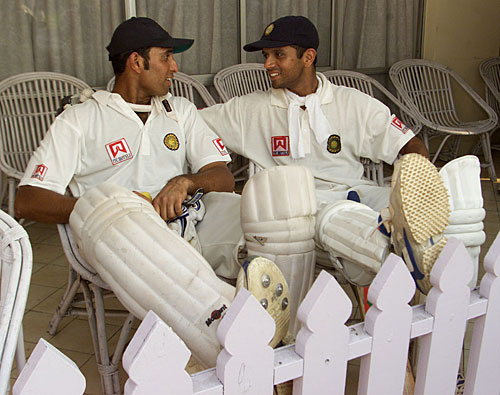
Dravid has always been a batsmen defined by his determination. His performances have been extra-ordinary, yet subtle. His partnership with Laxman in the 2001 Eden Gardens Test against Australia was surreal. When playing in pace-friendly pitches of England, Australia or South Africa, it was always Dravid on whom the team primarily depended. This account of his batting by Andy Bull in The Guardian in the England test-series of 2012 which India lost 4-0 is a great read.
There is something else about Dravid. He is a cricketer who I have learned to appreciate as I have grown up. He is not the most flashy or fast-scoring batsmen. It takes time for one to understand the class of this man.
This speech that he gave at Sir Donald Bradman Oration 2011 is a must to understand how deeply this man cares for the game.
It is not surprising then that among all the greats, it is only Dravid who has taken a dignified stance in the whole betting/fixing saga. He said how he was pained by the fixing scandal and thinks IPL needs some cleaning up. This may not sound much but when put against the deafening silence of his contemporaries, it is a lot.
Dhoni

Among this list of cricketing heroes, Dhoni is the only one I can claim to have seen from the start of his career. Dhoni is an inspiration in how he has reached where he has. He wasn’t the best wicket-keeper or the most fluent batsmen when he started his career. But he has worked hard and been a charismatic captain of his teams. Though most heroes are a mix of talent and effort, in Dhoni’s case, the proportion of effort is much higher.
Dhoni is also in a way symbolic of the rise of the part of India to which I belong. Dhoni is a native of Ranchi and went to the same high school that my girlfriend went to. There was not even a cricket stadium in Ranchi, when he grew up and the Bihar/Jharkhand Ranji team was not a fancied domestic team. In his meteoric rise to the apex of Indian cricket, Dhoni symbolises the hope of the majority of Indians who do not live in the tier-1 cities.
While I was at college, my parents moved to Ranchi. On a trip home, my Dad took me to see Dhoni’s parents’ home where he grew up. It is a typical small-town government quarter. The only difference was a Hummer standing in front and a bunch of policemen who gladly take up the role of tour guides and tell you stories of Dhoni. I doubt if anyone visiting Ranchi does not see the impact of this man on the city - from the stories about him to the shops named after him.

It was under Dhoni and with his own performance in the final that India won the 2011 World Cup. That was one of the high points of a life for most of us. The Test World Number 1 ranking, T20 World Cup, CB Series and his remarkably consistent performance as captain and player for the Chennai Super Kings in IPL make him one of the most successful Indian cricketers.
Apart from his huge list of achievements, Dhoni is famous for his calm demeanour in the most tense of matches. In this context, the last few days have been horrible for those who consider him a hero. When India was white-washed 8-0 in Australia and England, the selectors wanted to replace Dhoni but they were stopped by the board. There was a controversy at the time - the Board President M Srinivasan is the owner of Chennai Super Kings, the team Dhoni leads in IPL.5 Now, as CSK team principal and Srinivasan’s son-in-law Gurunath was arrested by Mumbai Police for betting, along with Vindoo Dara Singh ( another fixer ) with whom Dhoni’s wife Sakshi saw IPL matches this season, Dhoni has maintained silence - skipping press meets. Moreover, Dhoni is a Vice President of India Cements.
Yesterday, in a press conference before the Indian team left for Champions Trophy in England, Dhoni did not answer any single question related to this controversy. He gave a cool smile as the media manager of BCCI prevented journalists from asking Dhoni questions about this controversy.
As Srinivasan has mounted a brazen defence full of lies - declaring Gurunath to be an enthusiastic fan only, one wonders why Dhoni is not speaking out. Why one of the most successful Indian captains is letting a board of liars and cheats gag him? The troubling counter-side is that he is deliberately avoiding these difficult questions. I am sure Dhoni’s fan base will be sky high as always and this controversy will be forgotten as days go on. Either Dhoni is not brave enough to take on the board or is complicit with them in this farce. As days go on, one will have to accept the inevitable that we will never find out the truth. The integrity of a national hero will forever be compromised.
Gavaskar, Srikanth, Kapil, Kumble
Gavaskar and Srikanth have both vaguely defended the board president’s position on different TV channels with arguments which will make your bones grimace. Kapil Dev has not spoken a word. Kumble made a weird suggestion of removing all records of the 3 Royals players, but spoke nothing about the CSK episode.
All these legends of the game are associated with BCCI as commentators, committee members and team mentors. It is puzzling that none of them comes out and speaks against these corrupt administrators who are ruining a game that all of them made famous.
As Rajdeep Sardesai said on his news show last night, it seems that all of these legendary players have become servile to BCCI and that the Board has bought their silence by giving them plush and financially rewarding positions.
Like Dhoni, each of them have a support base of tens of millions of fans, and huge amount of money. What stops them from holding the board accountable. Or have they turned in to businessmen who just use the game just as any broadcaster or advertiser uses the game?
Sachin
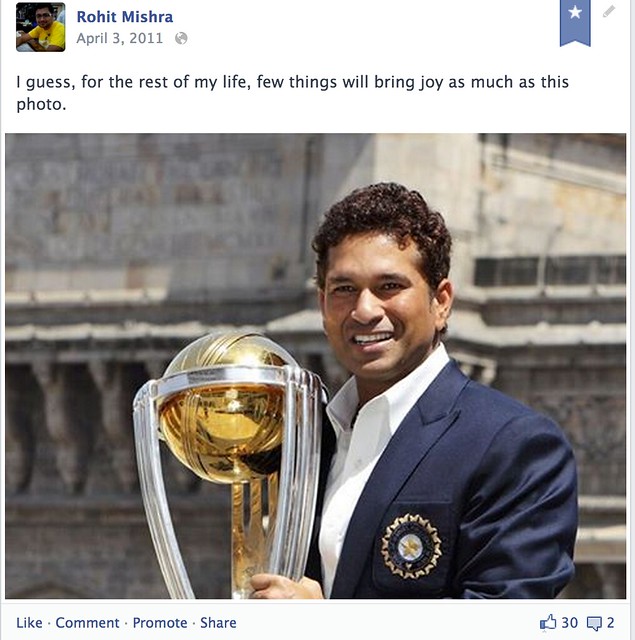
Whatever little memories I have of my childhood, a lot of them involve Sachin. The Sharjhah double centuries against Aussies, the century against Kenya in the 1999 World Cup after his father died, the 2003 match against Pakistan in World Cup to count off the top of my mind.
Till the time I believed in praying, I would have said 10x prayers for Sachin than for everything else combined. When The Times of India published a front=page piece called Endulkar predicting his end in 2006, I stopped reading ToI. I have not forgiven ToI for that yet.6
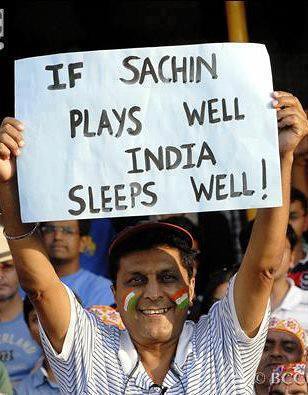
Unlike Dravid, who I learnt to appreciate, I have been a fan of Sachin as far back as my memory goes. There were times I wished he would just stay at the non-strikers end. Never get out. When he was accused of ball tampering, one felt being personally accused of cheating. The anger at that time would outdo the best of shouting matches on our news channels today.
Sachin’s brilliance, technique, style – I guess a lot of us would have got our PhDs if all the discussion we did on him was counted for. Sachin has retired from ODIs and IPL. He may retire from tests soon. When that happens, I know a lot of us will divide our lives in pre-Sachin (retirement) and post-Sachin phases. I doubt we would root for someone ever again as we do for Sachin.
I often wonder what would happen if Sachin took a stance on some political issue. He rarely does. He rarely talks about things other than cricket. In the finals of this year’s IPL, Sachin came on the mike and chatted with Harsha Bhogle. It was awesome to hear him speak. I may tune in to matches to hear his commentary, as I did to hear Dravid’s. But, I hope he does not turn in to the meek character that Gavaskar has become. We survived all of Sachin’s nervous 90s. We won’t survive that.
BCCI
BCCI is a private body which runs cricket in India but is accountable to no one. The people at the top of BCCI - the likes of Dalmiya, Srinivasan, Jaitley, Pawar and Shukla - have been there for decades. All of these men have much bigger companies to run or are sitting members of the Parliament. The state associations are completely dependent on the BCCI for their funding, getting allocated a match or their members being sent overseas as managers.
This cycle of sycophancy, corruption and brazen impropriety is ruining our game. Inevitably, every on-field action is now seen with suspicion. The Board and its shameless masters keep their grip over the game feeding on the love we bestow to our heroes and our game.
One wonders why these heroes, these demigods do not do anything to get the game out of the clutches of these people. I am sure all of them know more of the devious ways of the cricket board than we do. Most of them are connected to the board. Why let this feudal parasitic structure keep a deathly grip on all of cricket in this country. The members of the board come from different political parties, so obviously none of the parties will ever talk of cleaning the game and its administration. Who else can do something to fix this murky situation?
Martin Luther King said:
“History will have to record that the greatest tragedy of this period of social transition was not the strident clamor of the bad people, but the appalling silence of the good people.”
These are not just good people. These are heroes to millions of people. Why stay silent?
Footnotes
